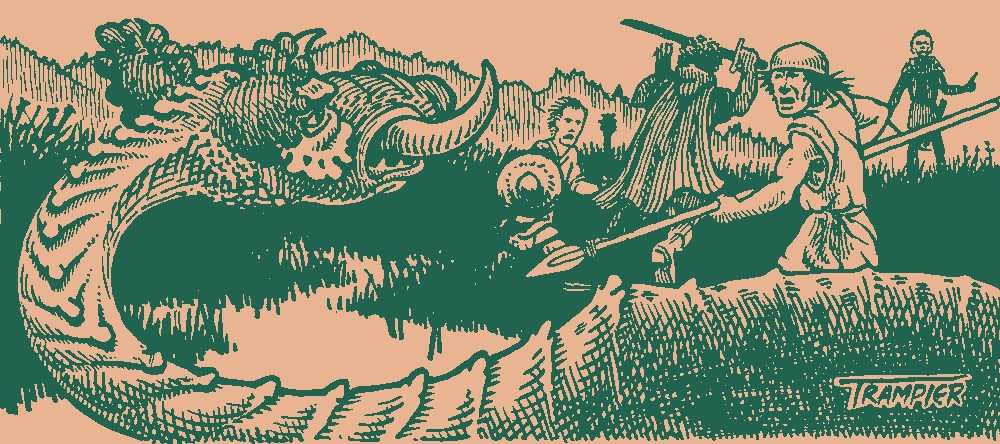Voadam
Legend
I think it is the other way around.If, on the other hand, it's just the general coopting of the phrase "old-school" that rankles, I sympathize, but I don't think there's any hope of changing the entrenched terminology at this point.
I think defining one style from the diverse old school styles of playing older D&D as "The OSR" is a mislabeling of how the term is generally used. People focused on different aspects and different styles then, and the OSR stuff today is hugely diverse and focuses on different aspects of stuff now. Most use OSR simply to mean old school generally or in some aspect and not a narrowly defined specific strand of old school aspects and styles.
Even something as basic as rules heavy versus rules light focus can be seen in AD&D versus B/X and paralleled in the OSR in OSRIC versus OSE. Both OSE and OSRIC are OSR. Frog God Games puts out lots of high level OD&D Swords and Wizardry module adventures where you can reasonably expect the PC magic users to have high charge wands for at will combat magic. Most consider Frog God S&W stuff OSR. There is Godbound, a Basic-based OSR game for playing Demigods from character creation. Most any aspects of old school stuff can be seen in the wide array of OSR stuff.



